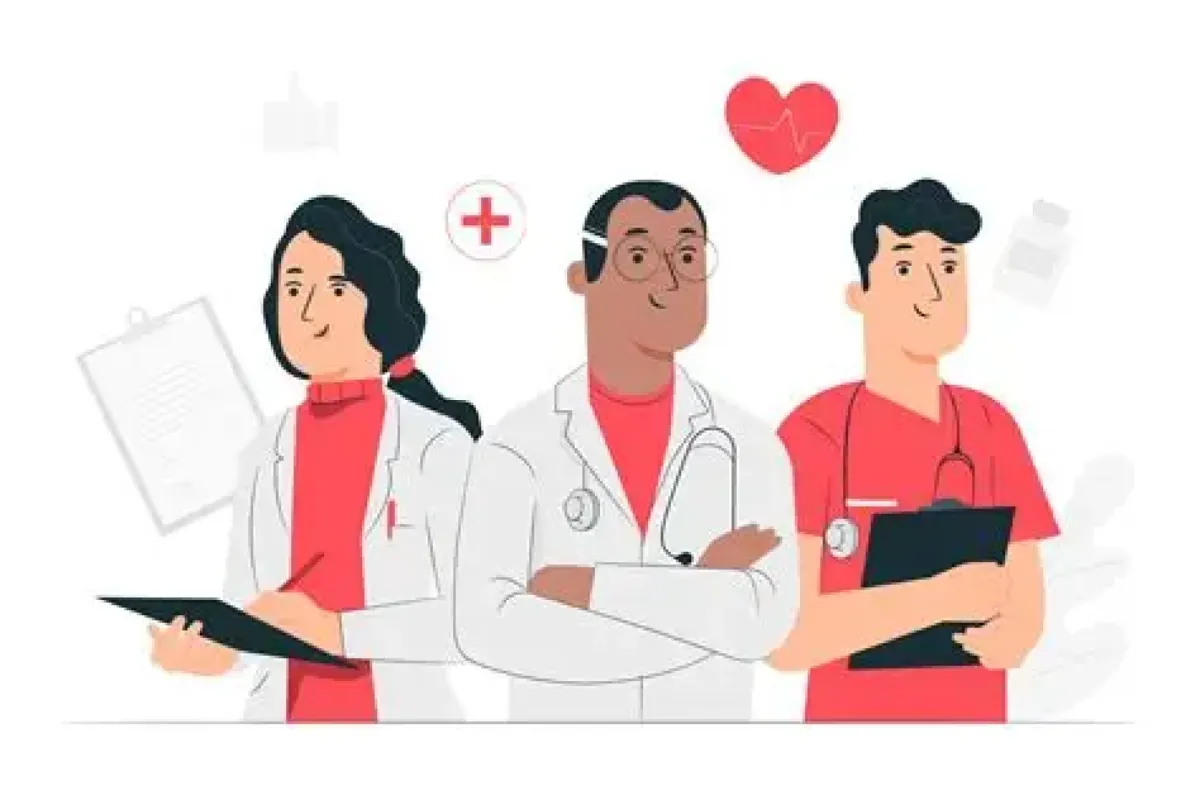Introduction to HIV Testing
HIV testing is a crucial step in maintaining your sexual health and well-being. Whether you're getting tested for the first time or need regular testing, understanding the process can help reduce anxiety and ensure you make informed decisions about your health.
Types of HIV Tests
There are three main types of HIV tests available:
- Antibody tests - Look for antibodies in your blood or oral fluid
- Antigen/antibody tests - Look for both HIV antibodies and antigens
- Nucleic acid tests (NATs) - Look for the virus itself in your blood
When to Get Tested
The CDC recommends that everyone between ages 13-64 get tested for HIV at least once as part of routine healthcare. You should get tested more frequently if you:
- Have had unprotected sex
- Have multiple sexual partners
- Share needles or syringes
- Have been diagnosed with other STIs
Understanding Your Results
HIV test results are either negative or positive. A negative result means no HIV was detected. A positive result means HIV was found and you should see a healthcare provider immediately to discuss treatment options.
Next Steps
Remember that HIV is a manageable condition with proper medical care. If you test positive, starting treatment early can help you live a long, healthy life and prevent transmission to others.

